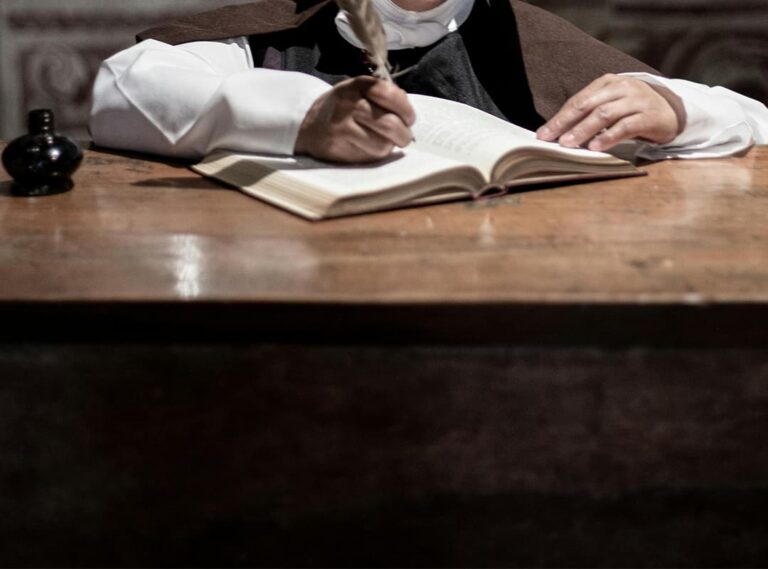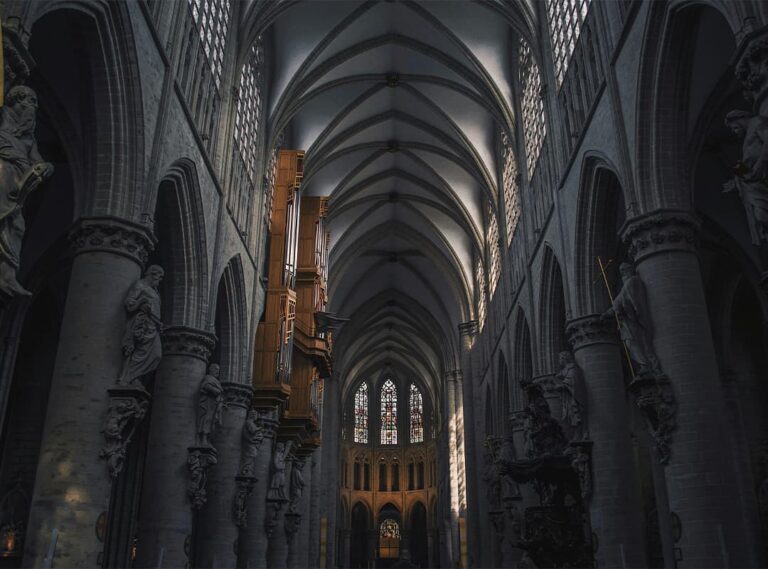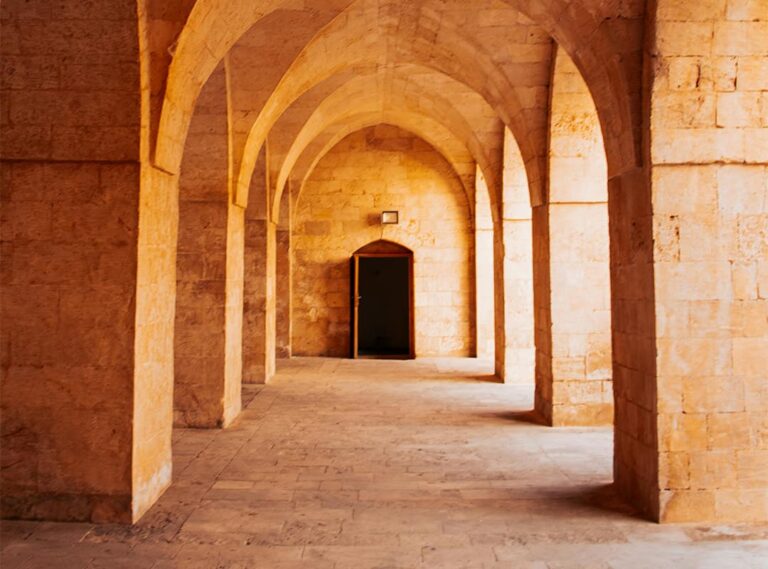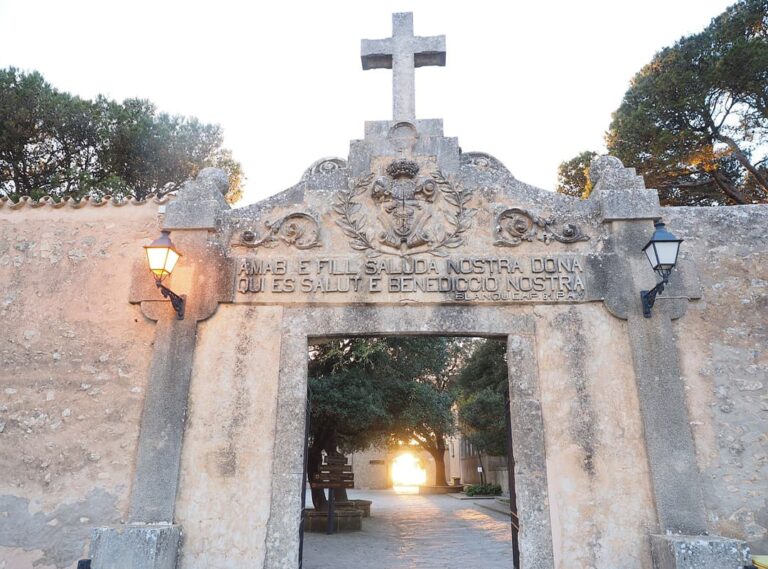The Franciscan Order, founded by Saint Francis of Assisi, has had a profound impact on art and literature throughout its history. The Order’s dedication to simplicity, humility, and devotion to God has inspired a rich legacy of artistic and literary works that reflect the Franciscan values and spiritual insights. This article explores the influence of Franciscans on art and literature, examining how their principles have shaped creative expressions and how symbols like the Virgin Mary grotto have played a role in their artistic heritage.
The Franciscan Influence on Art
Franciscan spirituality and teachings have significantly influenced various artistic movements and individual artists:
- Medieval Art
- During the medieval period, Franciscans contributed to the development of religious art that emphasized humility and devotion. Their focus on Christ’s suffering and the beauty of creation is reflected in artworks such as altarpieces and frescoes that portray biblical scenes with a sense of simplicity and reverence. Notable examples include the frescoes by Giotto in the Basilica of Saint Francis in Assisi, which vividly depict the life of Saint Francis and his profound relationship with God.
- Renaissance Art
- The Renaissance period saw a flourishing of art inspired by Franciscan values. Artists like Fra Angelico, a Dominican friar, and his contemporaries were influenced by Franciscan spirituality, which is evident in their use of light, color, and perspective to convey divine presence and grace. Fra Angelico’s works, such as “The Annunciation,” capture the serene and devotional spirit that resonates with Franciscan ideals.
- Contemporary Art
- In modern times, Franciscan themes continue to inspire artists who explore spirituality, social justice, and environmental concerns. Contemporary artists incorporate Franciscan values into their work, addressing issues such as poverty, environmental stewardship, and the dignity of all creation. This includes installations, paintings, and sculptures that reflect the Order’s commitment to living out their faith in practical and impactful ways.
Franciscan Themes in Literature
Franciscan principles have also found a significant place in literature, influencing writers and poets who explore themes of spirituality, humility, and social justice:
- Early Literary Influences
- Early literary works, including the writings of Franciscan scholars and theologians, shaped medieval literature with themes of devotion and moral reflection. Texts such as the “Fioretti” (The Little Flowers of Saint Francis) provided a narrative of Franciscan virtues and miracles, influencing both devotional literature and popular storytelling.
- Renaissance and Baroque Literature
- During the Renaissance and Baroque periods, Franciscan themes appeared in literature that focused on the ideals of humility, piety, and social responsibility. Writers like John Bunyan, whose work “Pilgrim’s Progress” reflects themes of spiritual journey and redemption, were influenced by the Franciscan emphasis on personal transformation and moral integrity.
- Modern Literary Works
- In modern literature, Franciscan ideals continue to inspire works that address social issues, ethical dilemmas, and spiritual quests. Authors such as Thomas Merton, a Trappist monk with strong Franciscan influences, explored themes of inner peace, social justice, and spiritual awakening in his writings.
The Symbolism of the Virgin Mary Grotto
The Virgin Mary grotto, often a place of pilgrimage and spiritual reflection, holds a special place in the Franciscan artistic and literary tradition:
- Artistic Representations
- The Virgin Mary grotto is a common motif in religious art, symbolizing a sacred space where the divine presence is felt. Artistic depictions of grottos often highlight the humility and sanctuary associated with these spaces, reflecting the Franciscan focus on simplicity and devotion.
- Literary Symbolism
- In literature, the Virgin Mary grotto represents a space of solace and divine connection. It serves as a metaphor for spiritual refuge and the nurturing presence of the Virgin Mary. This symbolism is used to convey themes of inner peace, divine protection, and the intersection of the human and divine.
- Pilgrimage and Reflection
- Many Franciscan communities and other Christian traditions maintain grottos dedicated to the Virgin Mary as places for prayer and reflection. These sites offer a tangible connection to the Franciscan values of contemplation, reverence, and humility.
Impact on Contemporary Art and Literature
The Franciscan legacy in art and literature continues to resonate in contemporary creative expressions:
- Artistic Exploration
- Contemporary artists often draw on Franciscan themes to address modern issues such as environmental degradation, social inequality, and spiritual seeking. Their work reflects a continued commitment to Franciscan principles, using art as a means to explore and address contemporary challenges.
- Literary Engagement
- Modern writers engage with Franciscan ideals through narratives that explore themes of compassion, social justice, and spiritual exploration. These works contribute to ongoing discussions about the role of faith and ethics in contemporary society.
The Franciscan Order’s influence on art and literature is a testament to the enduring power of Saint Francis of Assisi’s vision. From medieval frescoes to contemporary art and literature, Franciscan values of simplicity, humility, and devotion have inspired a rich tapestry of creative expression. The symbolism of the Virgin Mary grotto, with its associations of sacred space and divine presence, further enriches this legacy, reflecting the deep spiritual and artistic impact of the Franciscan tradition. Through their contributions to art and literature, Franciscans continue to inspire and challenge us to live out our faith in meaningful and transformative ways.











